Chestnuts, with their rich, buttery flavor and versatile culinary applications, are a beloved ingredient in kitchens worldwide. From roasted chestnuts sold by street vendors during autumn festivals to their integration into stuffings, soups, and desserts, these nuts add a distinctive touch to dishes. However, the process of peeling chestnuts can be notoriously challenging, often deterring even the most enthusiastic home cooks. The outer shell is tough and prickly, while the inner skin (pellicle) clings tenaciously to the flesh, making manual peeling both time-consuming and frustrating. Fortunately, with the right techniques and tools, this task can be streamlined, allowing you to enjoy chestnuts without the hassle. This article explores seven proven methods for peeling chestnuts, along with tips for selecting, storing, and using these seasonal treasures.
Boiling Method: The Classic Approach
Boiling chestnuts is one of the oldest and most reliable peeling techniques. This method softens both the outer shell and the inner pellicle, making them easier to remove. Here’s how to execute it:
-
Step 1: Preparation
Start by rinsing the chestnuts under cold water to remove dirt or debris. Using a sharp paring knife, carefully score an “X” or a straight line on the flat side of each nut. This cut is critical—it allows steam to escape during cooking, preventing explosions and loosening the shell.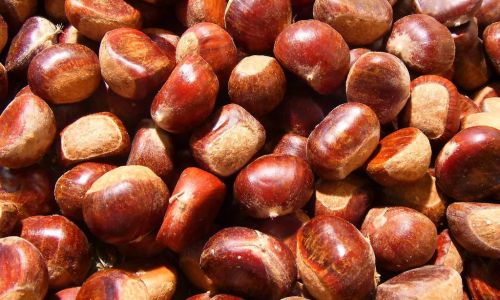
-
Step 2: Boiling
Fill a large pot with water, add a pinch of salt, and bring it to a rolling boil. Gently lower the scored chestnuts into the water using a slotted spoon. Boil for 8–10 minutes, or until the shells begin to peel back slightly at the cuts. -
Step 3: Peeling
Drain the chestnuts and let them cool briefly until safe to handle. Peel one nut at a time: hold it firmly and use your fingers or a small knife to pry off the shell. The inner pellicle should come off easily if the chestnuts are still warm. If it resists, dip the nut back into the hot water for a few seconds to loosen the skin.
Pro Tip: Boiled chestnuts can be used immediately in recipes or roasted for added depth of flavor.
Roasting Method: For Nutty Aroma and Crispy Texture
Roasting chestnuts in an oven or over an open flame is a flavorful alternative that also simplifies peeling. The high heat caramelizes the nuts’ natural sugars while loosening the shells.
-
Step 1: Scoring
As with boiling, score each chestnut’s flat side with an “X” to prevent bursting. Soak the nuts in warm water for 15–30 minutes to hydrate the shells, making them easier to peel post-roasting. -
Step 2: Roasting
Preheat your oven to 425°F (220°C). Arrange the scored chestnuts in a single layer on a baking tray. Roast for 15–20 minutes, shaking the tray occasionally to ensure even cooking. The shells will curl back at the cuts when ready. -
Step 3: Peeling
Transfer the roasted chestnuts to a kitchen towel and wrap them to trap steam. Let them rest for 5–10 minutes, then peel while still warm. The combination of heat and moisture should make both the shell and pellicle slide off effortlessly.
Variation: For open-fire roasting, use a chestnut pan with holes to allow heat circulation. Roast over medium heat for 20–25 minutes, shaking frequently.
Microwave Method: Speed and Convenience
The microwave offers a quick solution for small batches of chestnuts. While it may not yield perfectly peeled nuts every time, it’s ideal for time-strapped cooks.
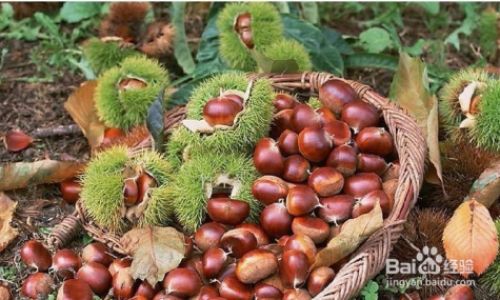
-
Step 1: Scoring and Soaking
Score each chestnut and soak them in hot water for 5 minutes to soften the shells. -
Step 2: Microwaving
Place 4–6 chestnuts on a microwave-safe plate, ensuring they don’t overlap. Microwave on high for 1–2 minutes. Check for steam escaping from the cuts—if absent, microwave in 30-second increments until the shells loosen. -
Step 3: Peeling
Let the chestnuts cool slightly, then peel while warm. The microwave’s heat softens the pellicle, but some stubborn patches may require gentle scraping with a knife.
Caution: Overcooking in the microwave can harden the nuts, making peeling harder.
Freezing Method: Cold Shock for Easy Peeling
Freezing chestnuts exploits thermal contraction to separate the shell from the flesh. This method requires planning ahead but minimizes effort.
-
Step 1: Scoring and Boiling
Score the chestnuts and boil them for 2–3 minutes (as opposed to 8–10 minutes for the full boiling method). -
Step 2: Freezing
Drain the chestnuts and spread them in a single layer on a baking sheet. Freeze for 2–3 hours or overnight. -
Step 3: Thawing and Peeling
Thaw the chestnuts at room temperature for 15–20 minutes. The shells and pellicles should crack and peel off easily as the nuts thaw.
Pro Tip: This method is excellent for meal prepping—freeze boiled chestnuts and peel them as needed.
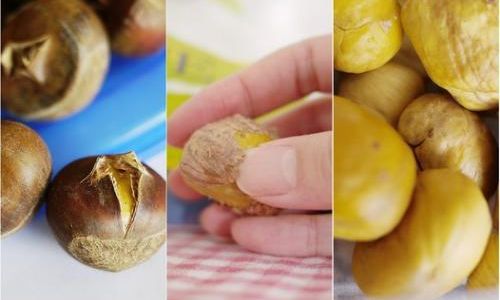
Knife Method: Precision for Small Quantities
For those without specialized tools, a sharp knife and steady hand can suffice. This method is labor-intensive but effective for small batches.
-
Step 1: Scoring
Use a small, sturdy knife to cut a horizontal slit around the chestnut’s equator, avoiding the inner flesh. -
Step 2: Splitting
Insert the knife tip into the slit and gently pry the shell open. Work carefully to avoid slicing into the nut. -
Step 3: Peeling
Once the shell is split, use your fingers to peel it away. Remove any remaining pellicle with a paring knife or vegetable peeler.
Safety Note: Always cut away from your body and use a non-slip cutting board to prevent accidents.
Specialized Tools: Chestnut Knives and Peelers
Investing in a chestnut knife or peeler can revolutionize your workflow. These tools are designed with curved blades or serrated edges to score and split shells safely.
-
Chestnut Knife: Features a short, curved blade for precise scoring. Hold the nut steady and rotate it while cutting to create a clean “X.”
-
Chestnut Peeler: A handheld tool with a serrated wheel that scores the shell in one motion. Some models also include a clamp to hold the nut steady.
Advantage: These tools reduce hand fatigue and minimize the risk of injury compared to standard knives.
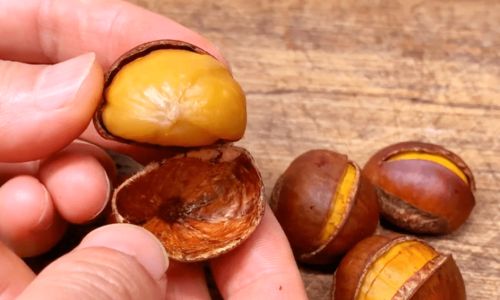
Soaking and Steaming: A Two-Step Process
Combining soaking and steaming offers a gentle yet effective peeling method, particularly for delicate recipes where roasting might alter flavor.
-
Step 1: Soaking
Submerge scored chestnuts in hot water for 30 minutes. This hydrates the shells and pellicles. -
Step 2: Steaming
Place the chestnuts in a steamer basket over boiling water. Steam for 15–20 minutes until the shells soften. -
Step 3: Peeling
Remove the chestnuts and peel while warm. The steam’s moisture should help the pellicle slide off with minimal effort.
Troubleshooting Common Peeling Issues
Even with the best techniques, challenges may arise. Here’s how to address them:
-
Sticky Pellicle: If the inner skin clings, return the chestnut to heat (boiling water, oven, or microwave) for 10–15 seconds.
-
Crumbling Flesh: Overcooking causes chestnuts to dry out. Stick to recommended cooking times and peel immediately while warm.
-
Uneven Scoring: Shallow cuts may not loosen shells sufficiently. Deepen the “X” slightly without piercing the flesh.
Selecting and Storing Chestnuts
The quality of your chestnuts impacts peeling ease and flavor. Follow these guidelines:
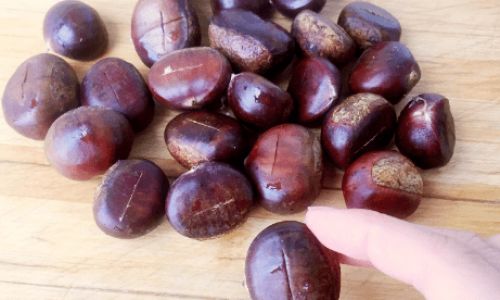
-
Selection: Choose firm, glossy nuts with no cracks, mold, or holes. Shake the nut—a rattling sound indicates dryness or spoilage.
-
Storage: Fresh chestnuts last 1–2 weeks in a cool, dry place (e.g., a paper bag in the fridge). For longer storage, freeze peeled or unpeeled nuts in an airtight container for up to 6 months.
Culinary Uses for Peeled Chestnuts
Once peeled, chestnuts can be transformed into countless dishes:
-
Roasted Chestnuts: Season with salt, rosemary, or honey for a classic snack.
-
Stuffing and Dressing: Mix with breadcrumbs, herbs, and sausage for holiday dishes.
-
Soups and Stews: Purée chestnuts into creamy soups or add chunks to hearty stews.
-
Desserts: Incorporate into cakes, mousses, or Mont Blanc pastries.
Conclusion
Peeling chestnuts need not be a daunting task. By mastering techniques like boiling, roasting, microwaving, or freezing—and armed with the right tools—you can efficiently prepare these nuts for culinary adventures. Experiment with different methods to find what suits your workflow, and remember that patience and practice yield perfect results. Whether you’re roasting them over an open fire or simmering them in a fragrant stew, properly peeled chestnuts will elevate your dishes with their unique sweetness and texture. Embrace the process, and soon you’ll wonder why you ever hesitated to bring this seasonal delight into your kitchen.

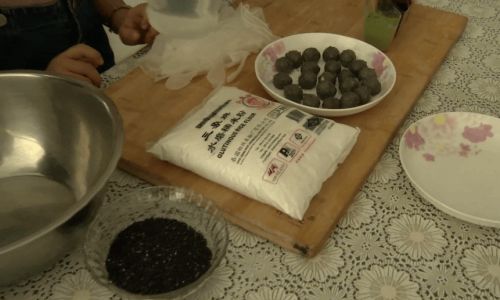
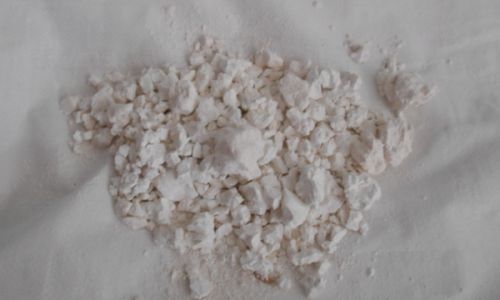



0 comments